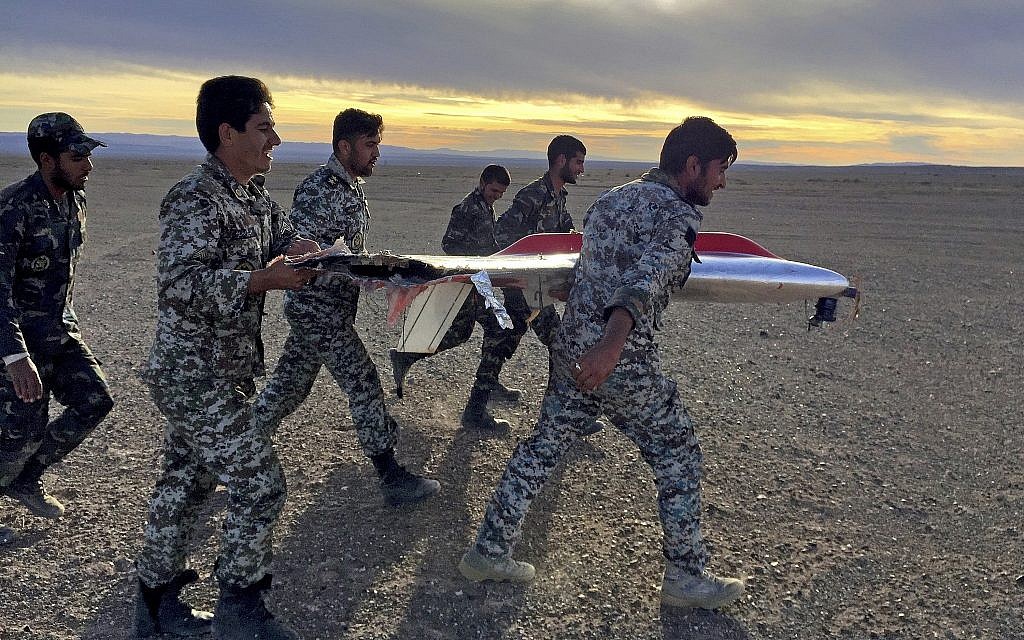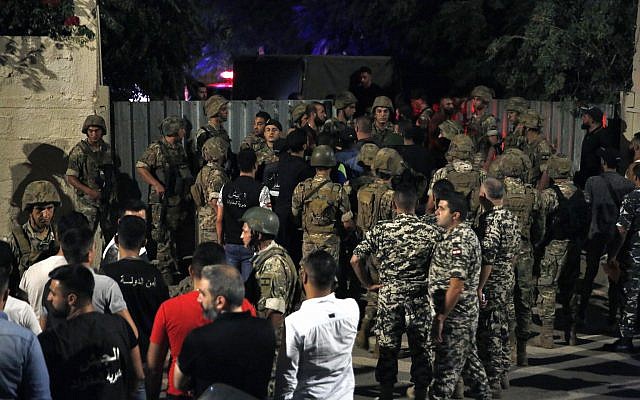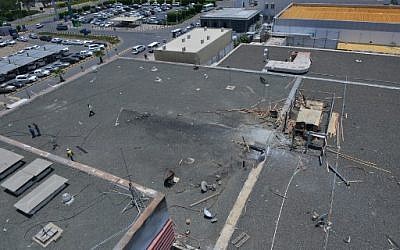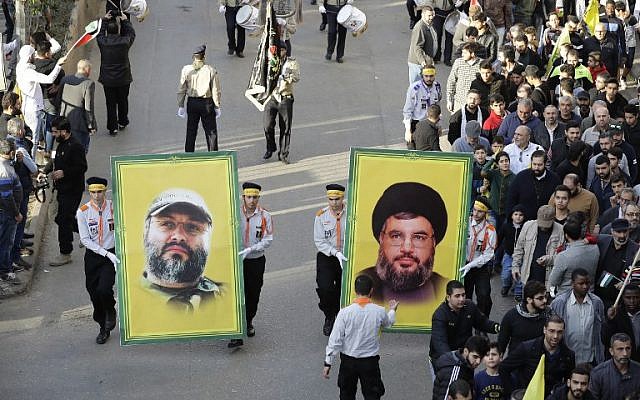Jerusalem has taken a leading role in a campaign to halt what Sunnis see as an attempt by Tehran to carve out an empire across the region; expect fighting to only get worse

The success of Israeli security forces, intelligence bodies and air force to thwart Iran’s plans to carry out a high-profile attack using drones launched from Syria is far from the last we will see of the war which has raged in the Middle East in recent years.
This is not an Iranian-Israeli clash or war over the future of Syria. The events of the past week only underline the wide-reaching extent of this fight, which is sometimes waged covertly and sometimes breaks into the open: Attacks reportedly carried out by Israel on Shiite militias in Iraq; Iranian plans to launch UAVs from Syria into Israel as revenge; two drones going down in Hezbollah stronghold Dahiyeh in southern Beirut early Sunday; and all the while a surfeit of attacks carried out by the Houthis, Iran’s allies in Yemen, against various Saudi Arabian targets.]
In Israel, they refer to all of this as a fight between wars. Sunni Arab states, though, see Iran literally trying to create a modern Persian empire stretching anywhere there are Shiites.
Tehran, under the guidance of Ayatollah Ali Khamenei and military leadership of Qassem Soleimani, the head of the Islamic Revolutionary Guards Corps Quds Force, is trying to overturn the old and familiar structure of the Middle East and redraw the map of the region.


The Sunni-Shiite war has brought about a sea change in the way Israel is treated in the region, at least among Sunni rulers. A defense strategy based on the Israeli-Arab conflict has been pushed to the side (at least for now) in favor of one in which Israel has de facto taken on a leading role in a Sunni campaign against Iran as part of a Muslim religious war.
True, the UAE, Saudis and sometimes others take part in the fighting in Yemen against the Houthis, but slowing Iran’s advance in the massive geographical theaters of Iraq and Syria has become mainly an Israeli mission.
But even the string of Israeli successes in these areas is not expected to stop Iran from spreading out. Tehran has been beholden in recent years to a doctrine that focuses of exercising control in Yemen, Lebanon, Iraq, Syria and elsewhere.
Iran has tough financial problems and hardships faced by normal citizens like rising prices, poverty, drugs and prostitution in large cities, but these all take a backseat to the megalomaniacal games played by Soleimani and his IRGC buddies.
Billions of dollars are spent keeping arms flowing to Hezbollah in Lebanon, putting basis in Syria, waging endless war against the Saudis in Yemen and of course sending thousands of freelance militiamen, including from Pakistan and Afghanistan, to build up Shiite strongholds in Iraq.
But Israel is not just going to allow them to put a foothold where they want. And this means that the level of fighting between Iran and Israel will only ratchet higher and higher. Along the way, it may change shape in some ways, and its possible instead of drones we’ll see an Iranian attempt to take revenge through some other sort of attack.
The contours of Israel’s actions may also shift away from the familiar routine of airstrikes in Syria and Iraq (according to foreign reports, of course).
Israel has shown more than once that it knows how to take out dominant Shiite-Iranian personalities, like Hezbollah leader Imad Mughniyeh in 2008 and his son Jihad Mughniyeh in 2015.

According to American reports, while tracking the senior Mughniyeh, an opportunity opened up to assassinate Soleimani, though it was stopped by the US government, then under president George W. Bush.
Should the opportunity to hit Soleimani present itself to the US or Israel now, it’s unlikely there will be anyone in either government to call off the attack again.
As reported by The Times of Israel
